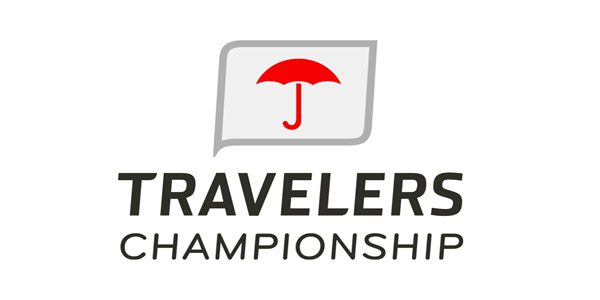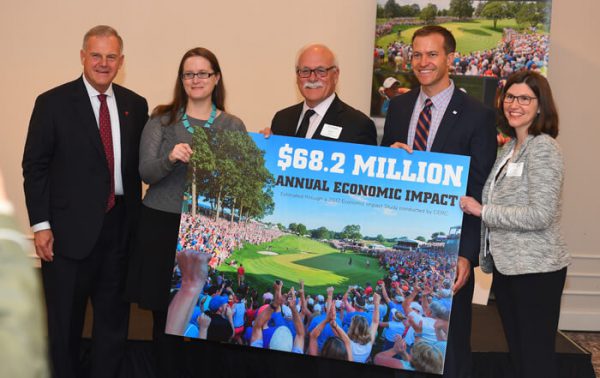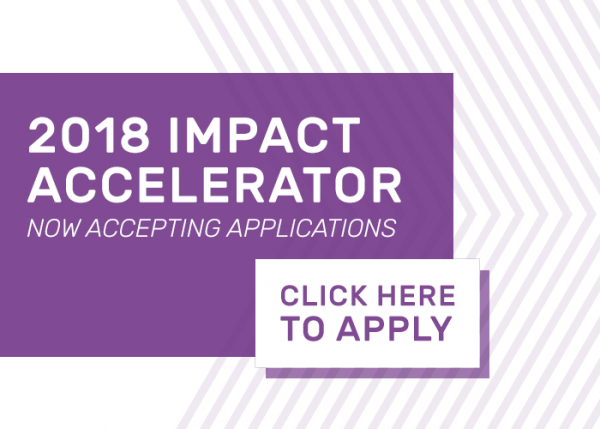New Requirements for Data and Analysis Due in Economic Development Report on February 1
/A new state law is making changes to the annual report of the state Department of Economic and Community Development (DECD), due to be completed by February 1. The law changes the mix of data and analyses DECD must include in the report, eliminating many types of previously required information but also requiring more data and analyses about the impact of all economic development programs, not just those DECD administers, according to the Office of Legislative Research (OLR).
The analysis of each program in the DECD annual report must now include:
- an analysis of the program’s impact on the state’s economy, including, if available, the number of new jobs it created and its estimated impact on the state’s annual revenues;
- an assessment of whether the program is meeting its statutory and programmatic goals and, if possible, the obstacles preventing it from meeting those goals;
- recommendations about whether the program should be continued, modified, or repealed and the reasons for each recommendation;
- recommendations for additional data that must be collected to improve the evaluation; and
- a description of the methodologies used and the assumptions made to analyze the program.
DECD must also include how much it cost the state to borrow funds to finance them.
Public Act 17-219 also requires DECD to include:
- an overview of its tourism, arts, and historic preservation activities and
- an economic impact analysis of each state economic development business assistance or incentive program, including those administered by other agencies that had 10 or more recipients or awarded over $1 million in assistance during the prior fiscal year.
Examples of economic development programs administered by other agencies include the Labor Department’s Subsidized Training and Employment Program and Connecticut Innovations’ Angel Investor Tax Credit.
Instead of submitting a separate report about film industry tax credits, as was done previously, DECD must report about them in the annual report. In doing so, the law passed in 2017 requires DECD to summarize its efforts concerning media and motion picture production in Connecticut and indicate the total (1) amount of credits it issued during the reporting period and (2) production costs and expenses credit recipients incurred in Connecticut.
 The law also requires DECD to submit the report annually, by February 1 to the governor, the auditors, and the legislative review committees. Under prior law, it had to submit the report to the governor and the entire legislature annually by that date. Beginning March 1, 2018, OLR indicates, the law requires the legislature’s review committees to hold one or more separate or joint annual hearings on DECD’s report, focusing on the analyses of DECD’s community development projects and DECD’s efforts to promote international trade. The new law also calls for the Appropriations; Commerce; and Finance, Revenue and Bonding committees to hold hearings periodically on the economic impact of state economic development programs.
The law also requires DECD to submit the report annually, by February 1 to the governor, the auditors, and the legislative review committees. Under prior law, it had to submit the report to the governor and the entire legislature annually by that date. Beginning March 1, 2018, OLR indicates, the law requires the legislature’s review committees to hold one or more separate or joint annual hearings on DECD’s report, focusing on the analyses of DECD’s community development projects and DECD’s efforts to promote international trade. The new law also calls for the Appropriations; Commerce; and Finance, Revenue and Bonding committees to hold hearings periodically on the economic impact of state economic development programs.
The law further requires DECD to analyze the First Five Plus program’s net return to the state and include that analysis in its biannual report on the program, which, by law, it must submit to the Commerce and Finance, Revenue and Bonding committees. It also requires the committees to hold a hearing exclusively on the program, which combines financing and tax incentives under various programs into a comprehensive assistance package for business development projects that meet specified investment and job creation targets.
OLR also notes that among other things, the law approved by the state legislature last year eliminates the requirement that the report include data about specific businesses, municipalities, and projects that received DECD funding and instead requires the report to identify the website where this information can be found.



 Washington D.C. topped the personal consumption per capita list, and Connecticut reached the top ten, landing at number six. The data, the website suggests, “reveals an interesting snapshot about the economy.” The top ten:
Washington D.C. topped the personal consumption per capita list, and Connecticut reached the top ten, landing at number six. The data, the website suggests, “reveals an interesting snapshot about the economy.” The top ten:
 CERC first conducted an impact analysis of the tournament in 2011, and completed another impact analysis for the Travelers Championship in 2017. The results were compared, to look at the changes over time and factors that may have influenced changes in the tournament’s economic effects.
CERC first conducted an impact analysis of the tournament in 2011, and completed another impact analysis for the Travelers Championship in 2017. The results were compared, to look at the changes over time and factors that may have influenced changes in the tournament’s economic effects. With record attendance, sales and fan engagement, the 2017 Travelers Championship raised the bar across the board through a strategic approach that focused on providing a first-class experience for fans, players, sponsors, volunteers and charity, officials pointed out. This marks the first time that the Travelers Championship has been recognized as “Tournament of the Year.”
With record attendance, sales and fan engagement, the 2017 Travelers Championship raised the bar across the board through a strategic approach that focused on providing a first-class experience for fans, players, sponsors, volunteers and charity, officials pointed out. This marks the first time that the Travelers Championship has been recognized as “Tournament of the Year.”


 According to the
According to the 
 Two years later, the state announced plans to spend $3.4 million to promote Connecticut tourism ahead of the summer travel season within the state and to audiences in New York, Rhode Island and western Massachusetts. And last year, the state’s tourism website was re-
Two years later, the state announced plans to spend $3.4 million to promote Connecticut tourism ahead of the summer travel season within the state and to audiences in New York, Rhode Island and western Massachusetts. And last year, the state’s tourism website was re-



 Henkel is #158 on Forbes magazine’s Global 2000 list of Top Multinational Performers, and #307 on the list of America’s Best Employers. Charter Communications is #38 on the Forbes list of Growth Champions and ranks #107 on the Global 2000.
Henkel is #158 on Forbes magazine’s Global 2000 list of Top Multinational Performers, and #307 on the list of America’s Best Employers. Charter Communications is #38 on the Forbes list of Growth Champions and ranks #107 on the Global 2000.
 Most Connecticut residents may also be unfamiliar with Charter Communications. Connecticut has 24 cable franchise areas; Charter provides local cable service in only three of them, in the western and northeastern regions of the state for about 35 mostly rural communities. The larger franchise owners in Connecticut are Cablevision, Comcast and Cox. But the Connecticut map is deceiving – nationally Charter is the second largest cable provider in the nation.
Most Connecticut residents may also be unfamiliar with Charter Communications. Connecticut has 24 cable franchise areas; Charter provides local cable service in only three of them, in the western and northeastern regions of the state for about 35 mostly rural communities. The larger franchise owners in Connecticut are Cablevision, Comcast and Cox. But the Connecticut map is deceiving – nationally Charter is the second largest cable provider in the nation.
 The 21 honorees were selected by economic development officials in each of 10 regions across Connecticut for their contribution to the state’s economy – such as consistent or growing employment levels, playing a critical role in changing the character of its community or civic engagement, strong public/private collaboration to encourage new investment, or leadership resulting in growth or improvements.
The 21 honorees were selected by economic development officials in each of 10 regions across Connecticut for their contribution to the state’s economy – such as consistent or growing employment levels, playing a critical role in changing the character of its community or civic engagement, strong public/private collaboration to encourage new investment, or leadership resulting in growth or improvements.


 Sitrep, based in Cheshire, was founded in 2014 to “develop monitoring systems that are intuitively usable.” Principals are Harland Christofferson, Gary Martin and Michael Byrne.
Sitrep, based in Cheshire, was founded in 2014 to “develop monitoring systems that are intuitively usable.” Principals are Harland Christofferson, Gary Martin and Michael Byrne. The mission of Stratford-based FallCall Solutions, LLC is “to become the premier innovator in simplified communication solutions for the geriatric population and their caregivers.” The company website explains that the company aims to maximize elder independence and caregiver peace of mind by “building software based solely on the needs of the consumer rather than the trying to create and introduce new ecosystems into our customers’ lives.”
The mission of Stratford-based FallCall Solutions, LLC is “to become the premier innovator in simplified communication solutions for the geriatric population and their caregivers.” The company website explains that the company aims to maximize elder independence and caregiver peace of mind by “building software based solely on the needs of the consumer rather than the trying to create and introduce new ecosystems into our customers’ lives.”





























